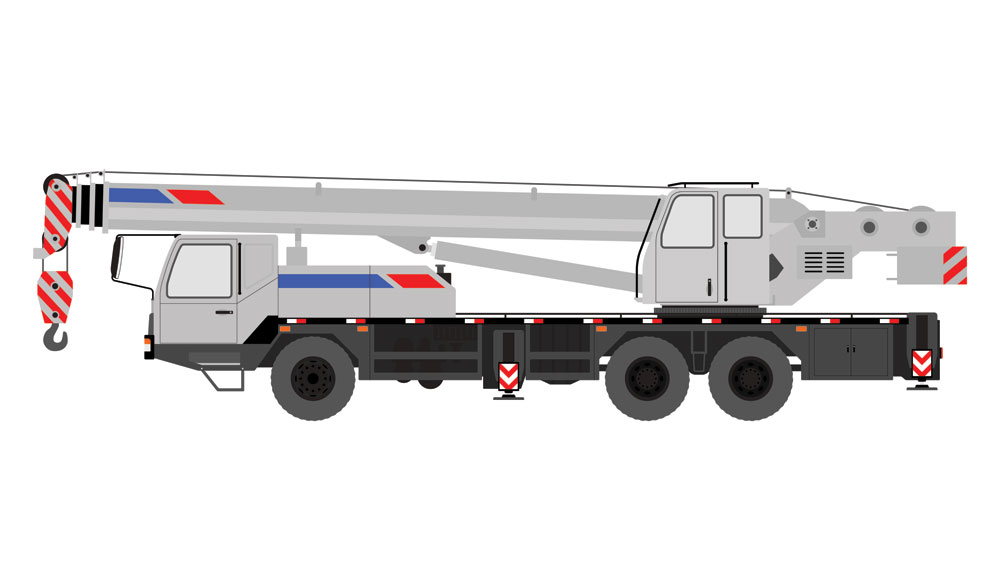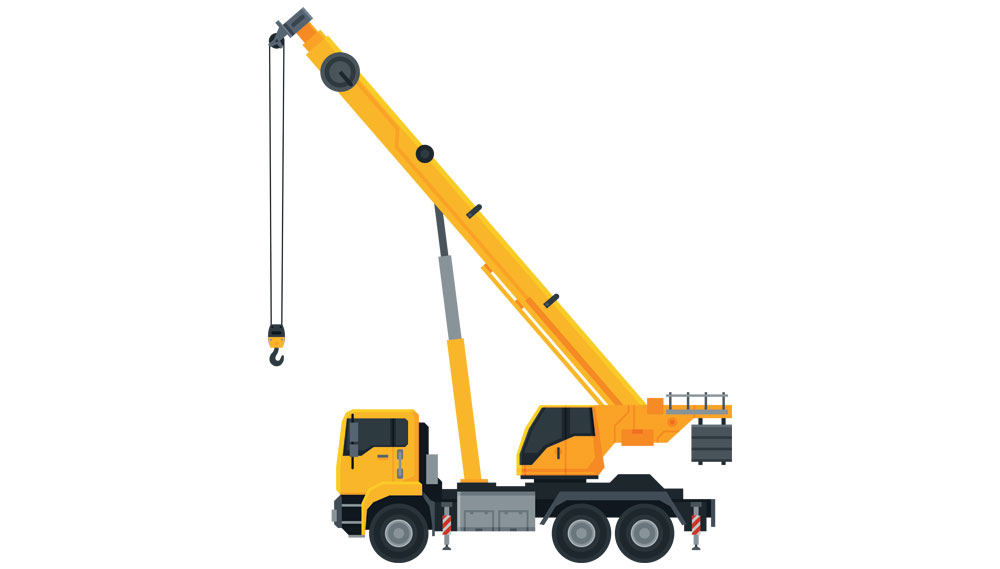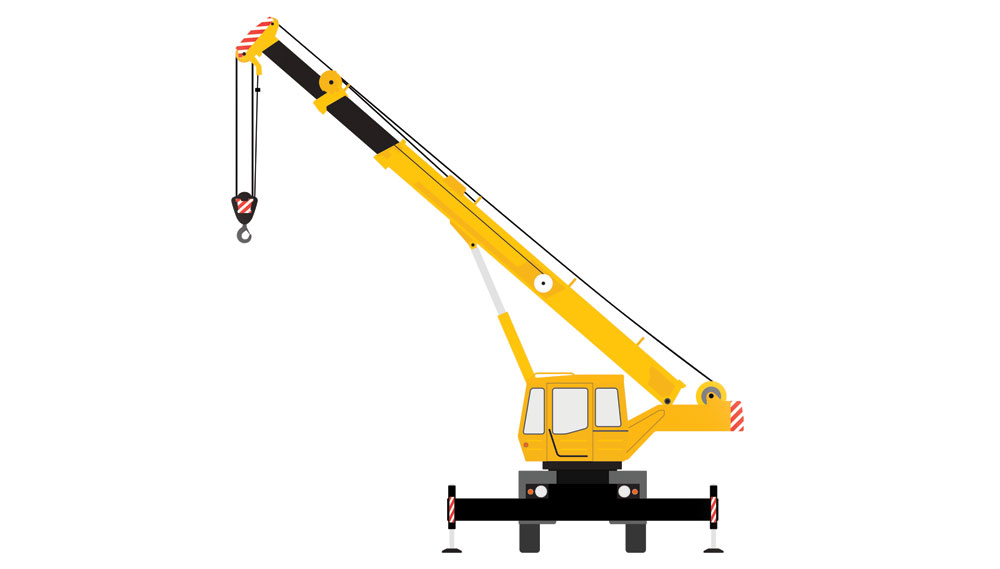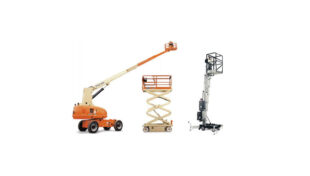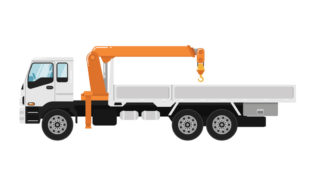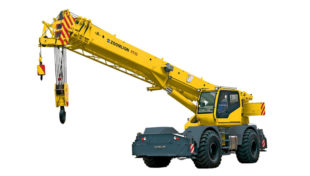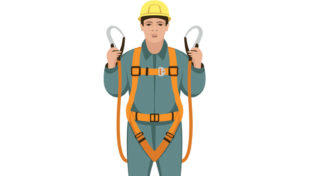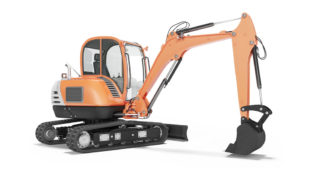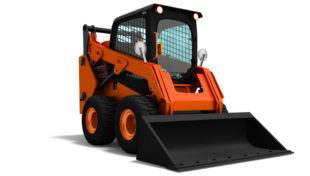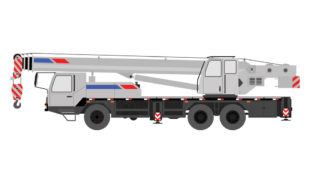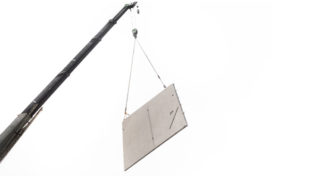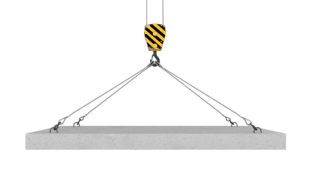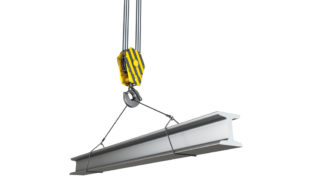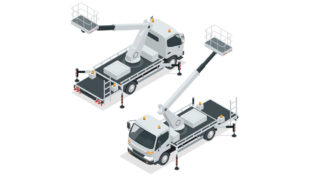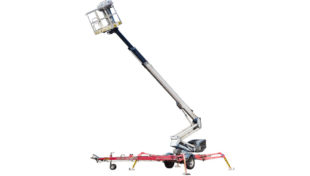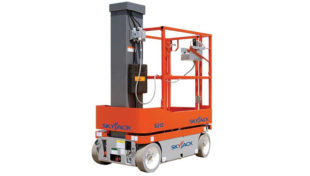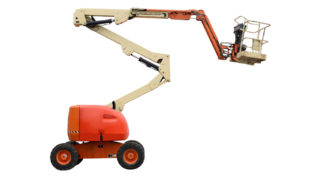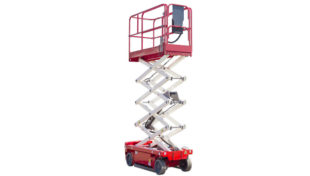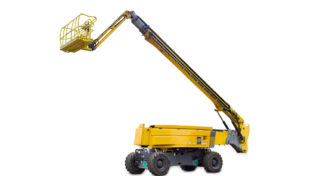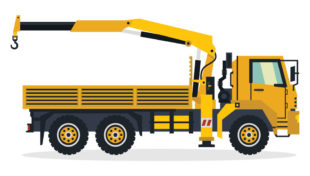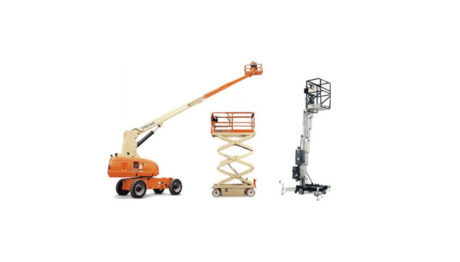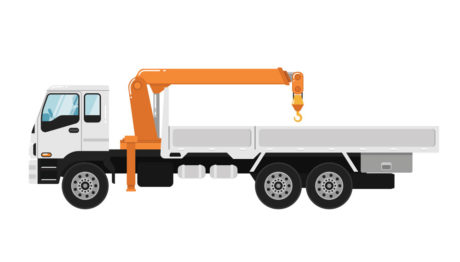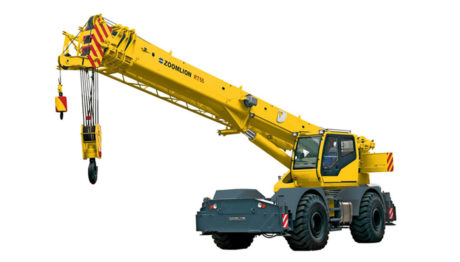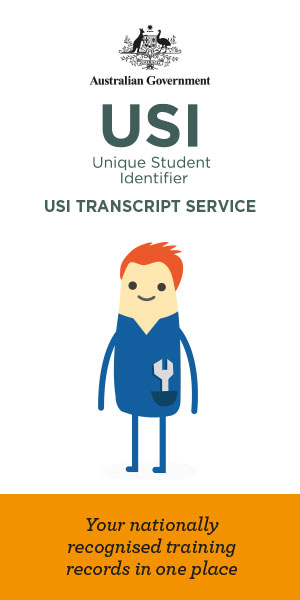TLILIC0013 Licence To Operate A Slewing Crane. (up to 60 tonne) (C6)
This unit specifies the skills and knowledge required to safely operate a slewing mobile crane with a Maximum Rated Capacity (MRC) up to 60 tonnes. Competence in this unit, does not in itself result in a High Risk Work Licence (HRWL) to operate this plant.
A person undertaking this unit must hold:
- a current National High Risk Work Licence to perform dogging (DG).
Slewing mobile crane means a mobile crane incorporating a boom or jib that can be slewed, but does not include:
- a front-end loader or
- a backhoe or
- an excavator or
- other earth moving equipment, when configured for crane operation.
A person performing this work is required to hold a High Risk Work Licence slewing mobile crane with an MRC up to 60 tonnes.
This training course covers all the requirements for obtaining a national High Risk Work Licence for slewing crane up to 60 tonne (C6).
Course Description
Course Code: TLILIC0013
Course Name: Licence To Operate A Slewing Crane. (up to 60 tonne) (C6)
Course Cost:
$2100 per person.
Minimum 3 people required to run course.
Discounts may apply for group bookings.
Duration: 4 Days Training 1 Day for Assessment
Session Times:
Course’s held once a month or on demand, please refer calendar.
7am to 3pm Monday to Thursday.
7am to finish on Assessment day.
Prerequisites:
- Participants must hold a valid and current national High Risk Work (HRW), Licence to perform dogging (DG) prior to attending or enrolling in this course.
- Participants must be 18 years old.
- A basic mathematical ability to assist in mathematical calculations in conjunction with lift plan, load chart to determine radius requirements and relevant lifting gear to perform work/task to enable crane to be configured for load lifting also for completing formulas, interpreting load chart calculations Safe Working Load (SWL) and Working Load Limit (WLL), and understand technical concepts.
- Basic command of the English language to be able to participate training and assessment tasks.
- A satisfactory level of health and fitness to carry out duties safely.
Course Introduction:
This unit covers the scope of work to demonstrate competency in the application to safely operate a slewing mobile crane with a Maximum Rated Capacity (MRC) up to 60 tonnes (C6) . The training course delivers the skills and knowledge required to be able to plan for the work/task, prepare for the work/task perform work/task pack up.
.A person performing this type of work is required to hold a national High Risk Work (HRW) licence.
Course Outline
1 Plan work/task
- Task requirements are identified from work orders or equivalent and a lift plan is confirmed with associated personnel and a site inspection is conducted in accordance a with workplace procedures.
- Work area operating surface is confirmed to determine ground suitability for operational use of mobile crane in accordance with lift plan, safe work and workplace/s procedures.
- Mobile crane rated capacity (RC) and the lifting gear Working Load Limit (WLL) are established and suitable for the load/s and work/task requirements in accordance with manufacturer requirements and workplace procedures.
- Appropriate paths for operating the mobile crane and moving and placing load/s in work area are assessed and determined in accordance with workplace procedures.
- Relevant hazard identification and risk elimination/control measures are applied and advised to associated personnel in accordance with workplace procedures.
- Traffic management plan implementation is confirmed in accordance with workplace procedures.
- Appropriate communication procedures are identified with associated personnel in accordance with workplace procedures.
- All crane and lifting operations are confirmed to ensure relevant work area requirements are correct in accordance with a lift plan and workplace procedures.
2 Prepare for work/task
- Consultation with workplace personnel is established and maintained to ensure all crane and lifting operations are clear and consistent with site requirements in accordance with a lift plan and workplace procedures.
- Risk control measures for hazards identified are checked for implementation in accordance with the lift plan and safe work procedures.
- Mobile crane is accessed safely in accordance with manufacturer requirements and safe work procedures.
- Pre-start mobile crane checks are carried out and any damage and defects are reported, recorded and appropriate action is taken in accordance with manufacturer requirements and safe work procedures.
- Mobile crane is set up correctly with any lifting gear and stabilised as per the lift plan in accordance with relevant manufacturer requirements including load chart/s and safe work procedures.
- Counterweight/s are set up as required in accordance with the lift plan, relevant manufacturer requirements and safe work procedures.
- Fly jib and/or luffing fly are set up as required in accordance with specific manufacturer requirements and safe work procedures.
- Operational checks are carried out and any damage and defects are reported, recorded and appropriate action is taken in accordance with manufacturer requirements and safe work procedures.
- Crane logbook is checked to confirm current compliance, is correct for the crane type, is completed and signed and required rectifications have been signed off in accordance with manufacturer requirements and safe work procedures.
- Weather and work environment conditions are assessed to determine any impact on mobile crane operations in accordance with manufacturer requirements and safe work procedures.
3 Perform work/task
- Lifts are determined to be within the RC of the mobile crane in accordance with the load chart/s and lift plan.
- Boom/jib and hook block is safely positioned over the load following directions from associated personnel in.
accordance with the lift plan and safe work procedures Main and/or auxiliary hook including any lifting gear, where required are connected to the load and used safely in accordance with the lift plan, safe work procedures and manufacturer requirements. - Test lift is carried out in accordance with dogging and safe work procedures.
- Loads are transferred using relevant crane movements and tag lines as required, in accordance with lift plan and safe work procedures.
- Load and crane movement is monitored constantly and crane is operated safely in accordance with lift plan and safe work procedures.
- All required communication signals are correctly interpreted and followed whilst crane is operated in accordance with the lift plan and safe work procedures.
- Load is lowered and landed safely in accordance with lift plan and safe work procedures.
- Lifting gear is positioned for safe disconnection from the load and crane is positioned for next task in accordance with lift plan and safe work procedures.
4 Pack up
- Crane boom/jib, lifting gear and associated equipment is stowed and secured as required in accordance with manufacturer requirements and safe work procedures.
- Crane fly jib and/or luffing fly and counterweight/s is removed to storage position and secured as required in accordance with manufacturer requirements and safe work procedures.
- Relevant motion locks and brakes are applied as required in accordance with manufacturer requirements and safe work procedures Outriggers, plates and/or packing are stowed and secured in accordance with manufacturer requirements and safe work procedures.
- Crane is shut down and secured to prevent unauthorised access/use in accordance with safe work procedures Shut down crane checks are carried out in accordance with safe work procedures and manufacturer requirements.
Learning Outcome
On successful completion of the course, participants will have gained the following skills and knowledge for:
- Plan for the work/task
- Prepare for the work/task
- Perform work/task
- Pack up
Successful participants will receive a Statement of Attainment – TLILIC0013 Licence To Operate A Slewing Crane. (up to 60 tonne) and a Notice of Satisfactory Assessment, form to lodge at Australia Post for a National Licence to Perform High Risk Work (HRW) for Class – C6.
To apply for a HRW licence, the HRW assessment paperwork and application form together with a passport sized photo must be lodged at an Australia Post outlet and pay the lodgement fee, this must be done within 60 days of completion of your HRW assessment.
If a student fails to lodge their paperwork within 60 days this will result in the operator being deemed an unlicenced operator and full training and/or assessing fees will apply after the 60-day period.
Currently a HRW Licence is valid 5 years from the date of issue, however If your address changes within this period we suggest licence holders update their details with the relevant authorities, failure to do so may result in the licence renewal not being received and renewal period lapsing, resulting in training and assessment needing to be completed again, full course payments would apply.
Assessment Conditions
Safe Work NSW Conditions Of assessment:
- Provide evidence applicant holds a current High Risk Work Licence (HRW) for Licence to Perform Dogging (DG)
- Applicants must be at least 18 years of age.
- Suitable clothing such as safety boots, long pants and high-vis shirt.
- Able to produce 100 points of identification. Please see link below.
- Ability to communicate and understand english at a level that allows the student to participate in the training and assessment.
- An Oral assessments can be arranged for applicants with writing and reading difficulties, however, are still required to complete a LLN as part of their enrollment. Additional charges will apply for a oral assessment.
Evidence Of Identity Information sheet for participants of High Risk Licence Assessments can be found here.
EOI Requirements
VOC Assessments
Course Code: TLILIC0013
Course Name: Licence To Operate A Slewing Crane. (up to 60 tonne) (C6)
Course Cost: $350 per person. Minimum three people required to run this course.
Duration: 4-6 hours
Prerequisites:
- Applicants must hold a current HRW licence or relevant unit of competency for the VOC being assessed.
- Ability to read and write basic English.
- Ability to pass a language, literacy & numeracy assessment (LLN).
- Provide two forms of identification.
- May provide verified work documents, logbooks or other evidence of competency to support their evidence of experience.
- All persons attending assessment must wear steel capped or safety boots; sun protection, hard hat, long sleeved shirt and pants are also recommended for this site.
Course Introduction:
This assessment will determine the operators current ability to demonstrate competency for TLILIC0013 Licence To Operate A Slewing Crane. (up to 60 tonne) (C6), in the safe application of:
- Planning for the work/task
- Preparing for the work/task
- Performing work/task
- Packing up
This assessment is held on demand, please contact our office to discuss available times and dates.
VOC Outline
- 4-6 hours for assessment depending on person’s ability, and class size
- Use of plant and equipment at our premises.
- Verbal and theoretical questions.
- Visual observation and practical demonstration.
VOC Outcome
Licence holders successfully demonstrating competency will be provided with a photo ID Card stating the VOC attained.
Licence holders who are unable to demonstrate competency will receive written feedback regarding the elements of competency that were lacking, and the nature of the gap training required prior to re-assessment.
We suggest workers that fail to demonstrate successful knowledge of the competency to re-sit the VET course in question.
Cancellations
Training Location
TLILIC0013 Licence To Operate A Slewing Crane. (up to 60 tonne) (C6)
This unit specifies the skills and knowledge required to safely operate a slewing mobile crane with a Maximum Rated Capacity (MRC) up to 60 tonnes. Competence in this unit, does not in itself result in a High Risk Work Licence (HRWL) to operate this plant.
A person undertaking this unit must hold:
- a current National High Risk Work Licence to perform dogging (DG).
Slewing mobile crane means a mobile crane incorporating a boom or jib that can be slewed, but does not include:
- a front-end loader or
- a backhoe or
- an excavator or
- other earth moving equipment, when configured for crane operation.
A person performing this work is required to hold a High Risk Work Licence slewing mobile crane with an MRC up to 60 tonnes.
This training course covers all the requirements for obtaining a national High Risk Work Licence for slewing crane up to 60 tonne (C6).
Course Curriculum
Course Reviews
No Reviews found for this course.

